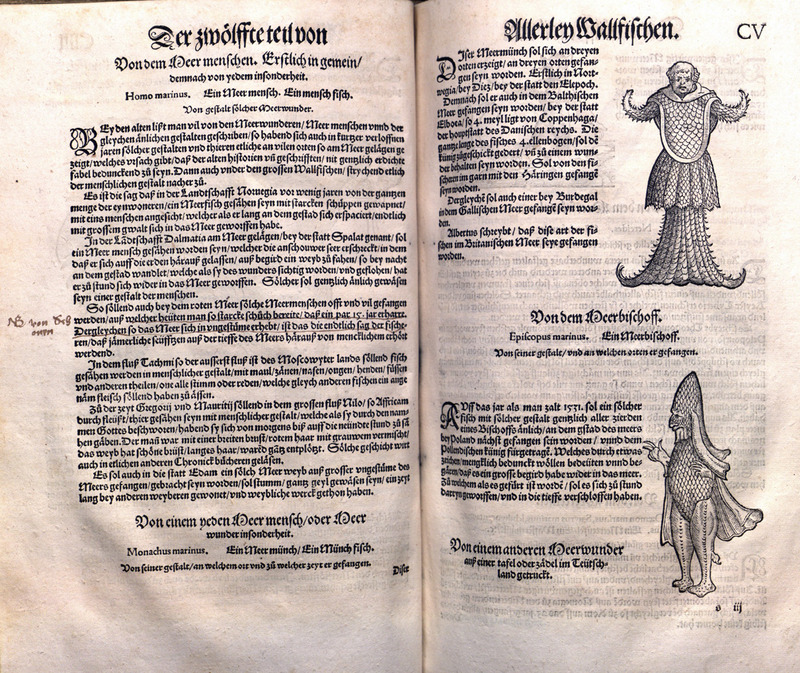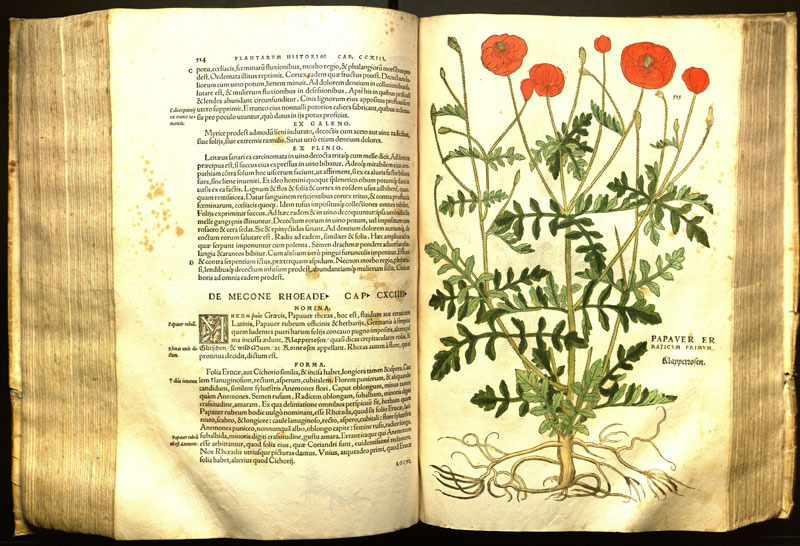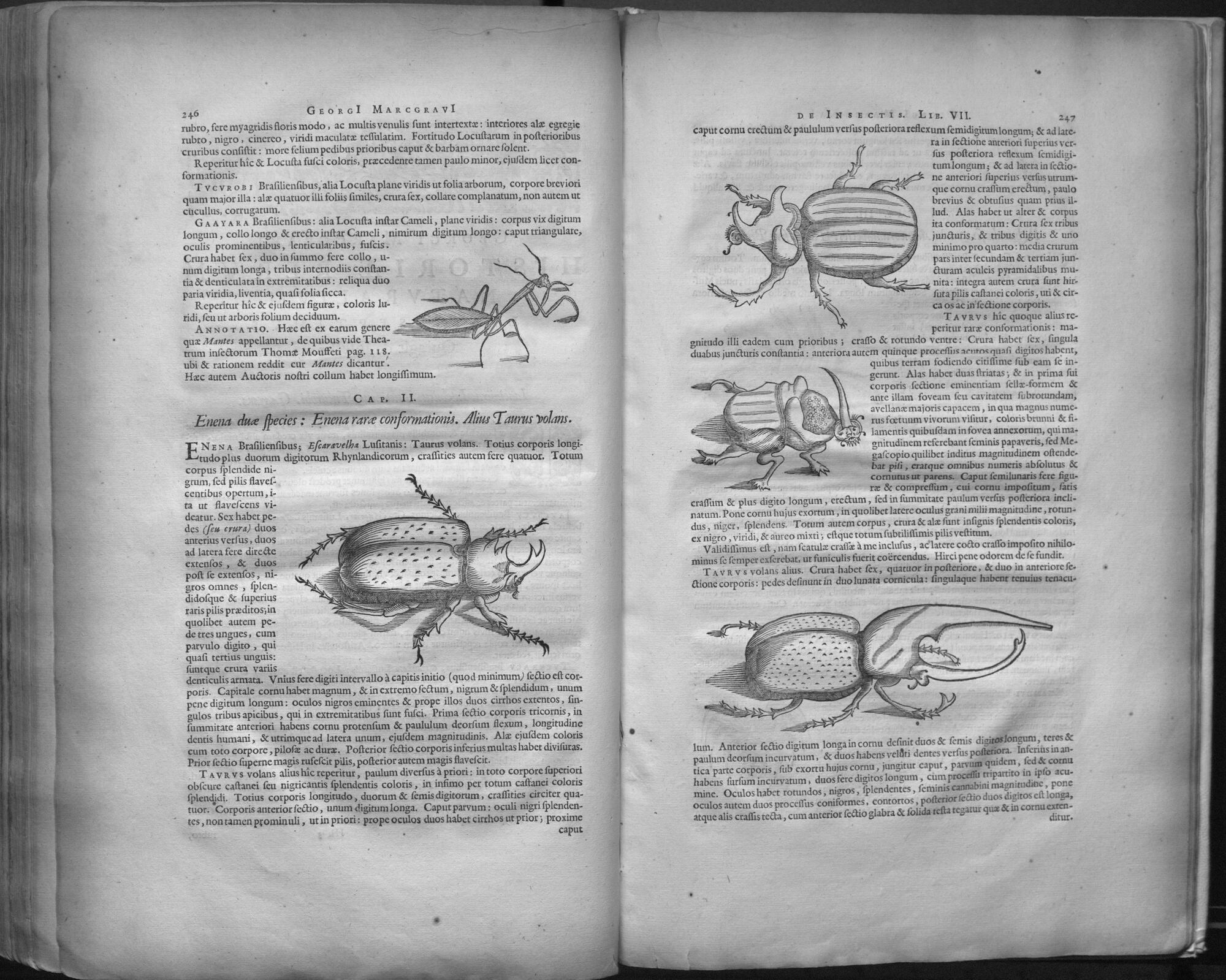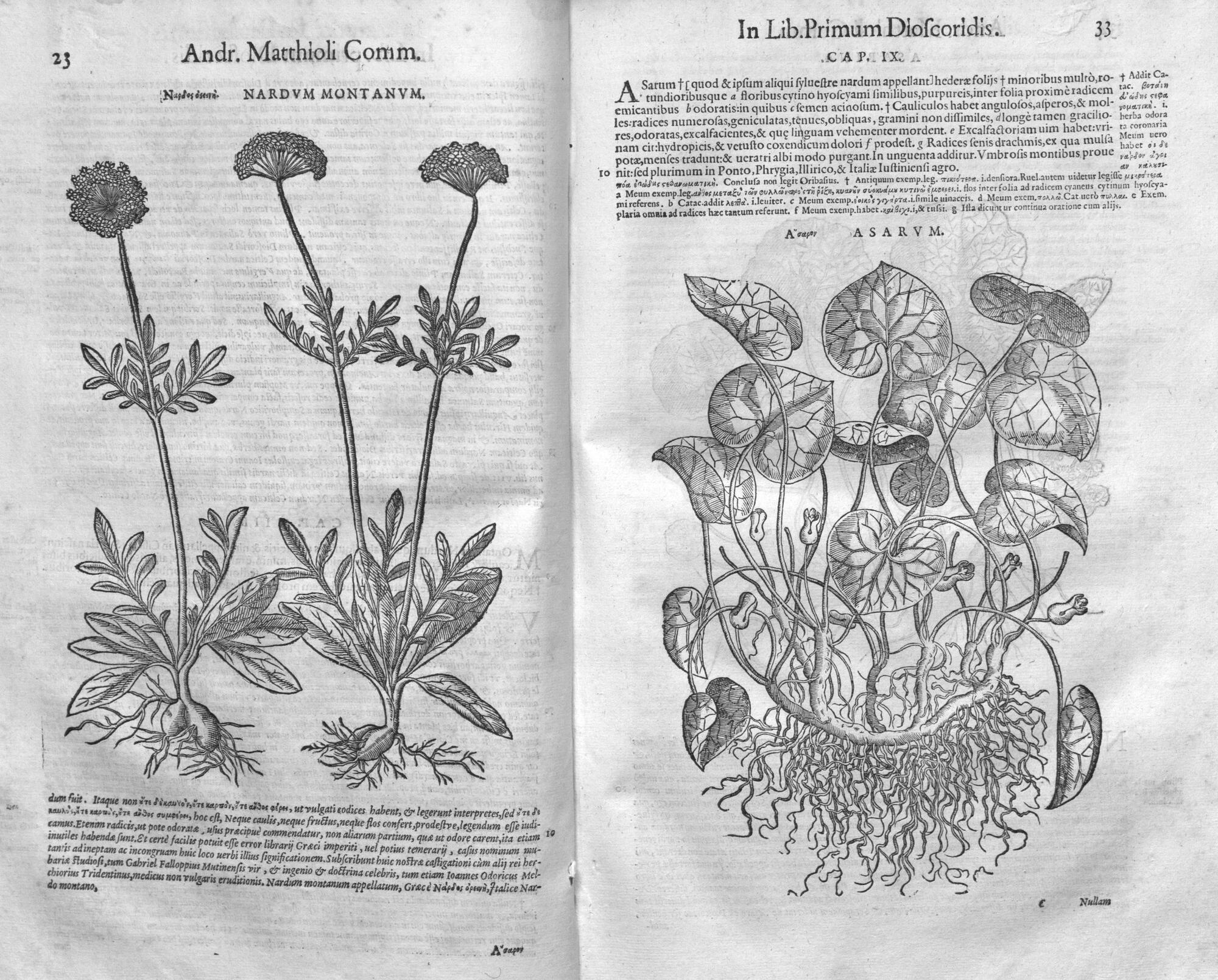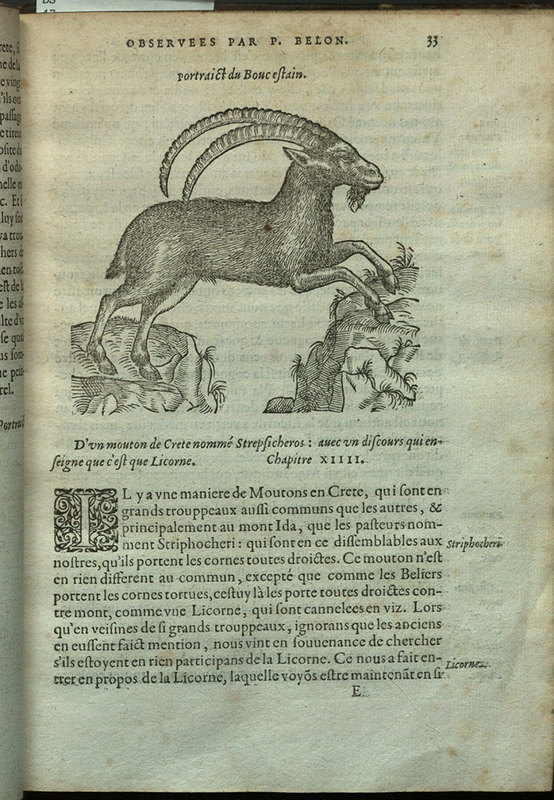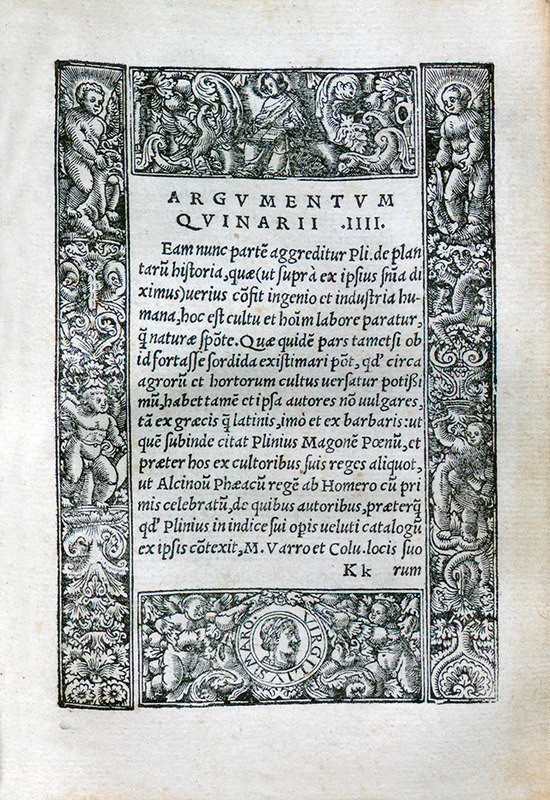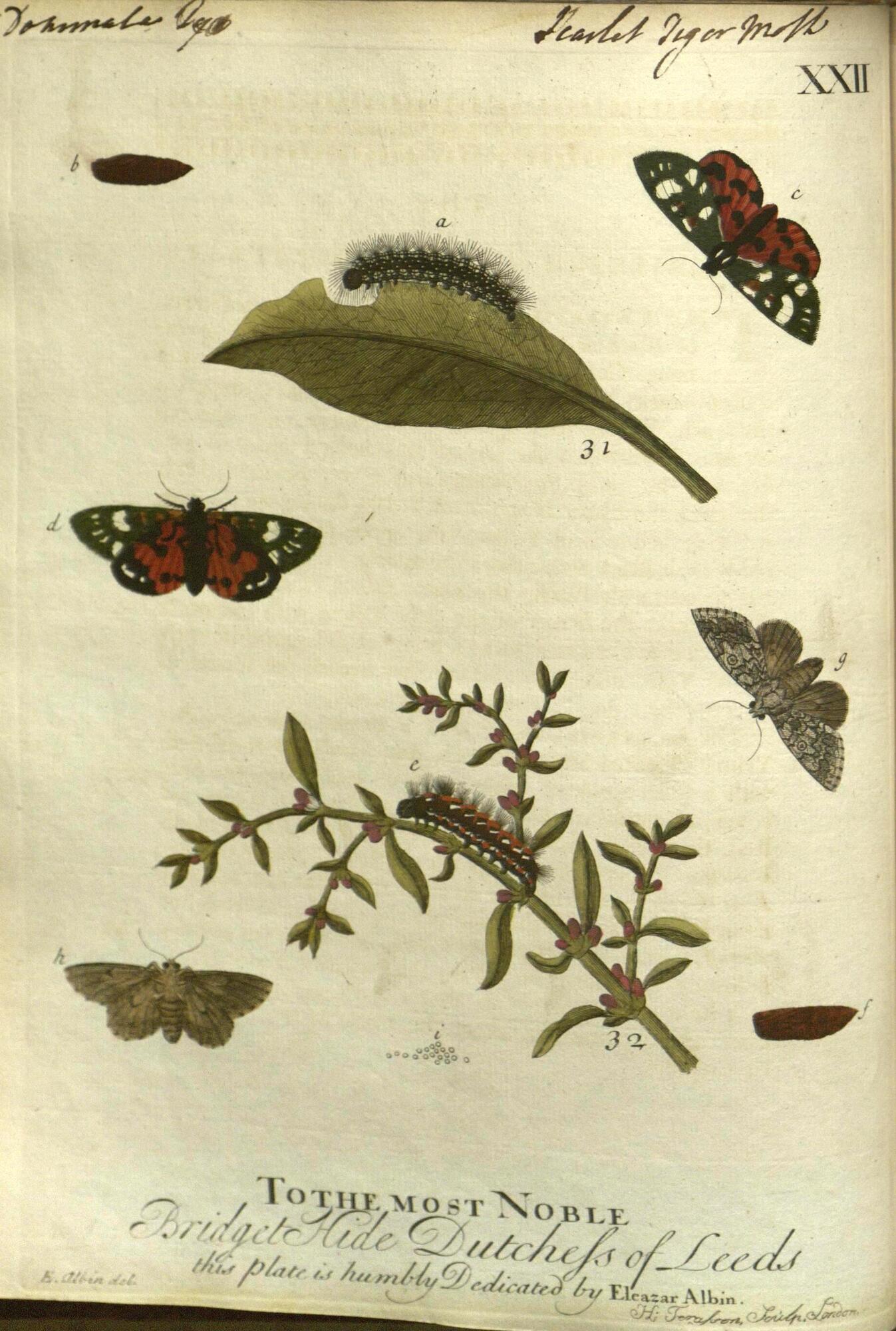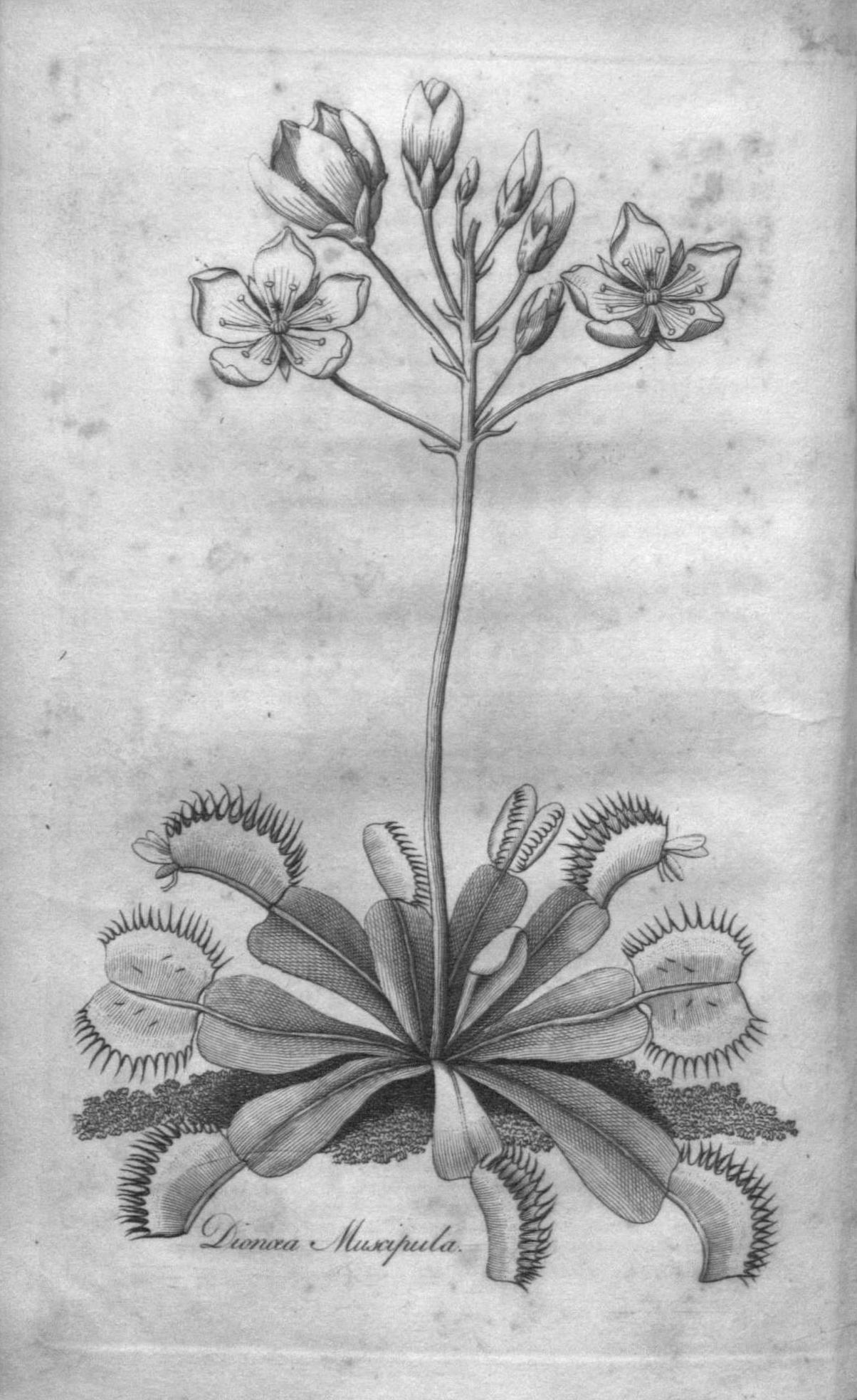150 Years of On the Origin of Species
The Gathering and Grouping of Specimens
The Origin of Species was not a work brought to fruition in isolation or by only one mind. The urge to collect, catalog, and thereby understand the wide variety of animals and plants found in the world had its origin in the ancient world. The largely empirical work in botany and zoology is represented in the work of Renaissance naturalists and physicians such as Leonhart Fuchs, Conrad Gesner, and Pierre Belon.
These Renaissance empiricists inspired and contributed to the work of Jean-Baptiste Lamarck, Alfred Russel Wallace, and Charles Darwin, who all strove to understand differences in similar organisms over time and over long distances.
Conrad Gesner was a Swiss zoologist, botanist, and physician best known for his four-volume Historiae Animalium. He has been described as the father of modern zoology because of his attempt to be comprehensive in his identification and description of all known animals.
Gesner was not widely traveled and thus many of his descriptions, essays, and images were derived from correspondence with and the published works of other enthusiasts of animal life.
Historiae Animalium also includes some mythical creatures reported to Gesner by others; the encyclopedia contains illustrations and descriptions of the bishop fish, a fish related to the monk fish and depicted in a form resembling clerical raiment.
Leonhart Fuchs was a German physician and naturalist who is sometimes credited as being a founder of botany. In this hand-tinted edition of De Historia Stirpium Commentarii Insignes from 1543, he describes and provides illustrations for about 500 wild and domestic plants from the new world as well as the old. Fuchs desired to identify, describe, and illustrate the plants mentioned by ancient authors such as Galen, Hippocrates, Pliny, and especially Dioscorides, author of the early pharmacy manual, De Materia Medica.
Fuchs places the plants in his herbal in alphabetical order by Greek or Latin name. Although Fuchs placed plants unknown to the ancients with those that seemed to share characteristics with more established types, he did not formulate a system of classification in the text. By including plants that had no known medical use and were unknown to the ancient authorities, Fuchs contributed not only to medical pharmacology but to general botany and plant morphology.
Willem Piso and his collaborator Georg Markgraf were Dutch physicians and naturalists who spent seven years (1638-1644) as court physicians and scientists in Colonial Dutch Brazil. Piso and Markgraf jointly contributed to Historia Naturalis Brasiliae published in 1648; four books on diseases and native medicines of Brazil were contributed by Piso and eight books on the zoology and botany of Brazil were written by Markgraf. Piso, due to his study of diseases in Brazil and native remedies, became one of the first and most important authorities on tropical medicine and was the first to propose citrus fruit as a remedy for scurvy and diseases of the eye.
The above illustration is found in Book Seven (De Insectis) of Historia Naturalis Brasiliae. It depicts an obsolete classification, the taurus volans (flying bull) beetle. The creature as depicted and described by Piso would probably today be classified as one of the 350 varieties of rhinoceros beetles that are found in tropical regions, especially South America.
Pietro Andrea Mattioli was an Italian physician and botanist who along with other early naturalists broke the tradition of including only plants in herbals with known medicinal uses. Mattioli, like Leonhart Fuchs, was guided by De Medica Materia of the Greek physician Dioscorides in identifying medicinal plants, but he also added descriptions and illustrations for around one hundred types of new and non-medicinal plants to Commentarii in sex libros Pedacii Dioscoridis Anazarbei de Medica Materia (1583). Mattioli's herbal also contains a description and illustration of the first variety of tomato grown and consumed in Europe.
Pierre Belon was a French physician, explorer, and naturalist who is best remembered for his work as a comparative anatomist and master of dissection. Belon undertook a journey through the Mediterranean world (Italy, Asia Minor, Crete, Arabia, Palestine, Greece and Egypt) from 1546 until 1549. His observations from the three-year journey were recorded in his 1551 book Les Observations de Plusieurs Singularitez et Choses Memorables Trouvees en Grece, Asie, Judee, Egypte, Arabie & Autres Pays Estranges (shown here is a 1588 French edition).
Belon's widest fame stems from his attempt at comparative anatomy in L'Histoire de la Nature des Oyseaux (1555) in which his illustrations compared and labeled bones from human and bird skeletons. Belon devised a system of classification of birds based on their behavior, environment, and anatomy. This system of classification was an important advance over contemporaries who listed birds alphabetically by common names.
Pliny the Elder was a Roman author, lawyer, naval and military commander, and natural philosopher whose greatest surviving publication is the 37 volume encyclopedic work, Historia Naturalis. It was the first classical publication to attempt to encompass all of natural history dealing with natural and man-made objects and phenomena as well as mythology and superstition.
While Historia Naturalis contained limited direct observation of nature, as the first large-scale reference book of the classical period it was used by scholars as an authoritative source until the beginning of the Renaissance.
Eleazar Albin was a painter working and living in London for most of his life. He gave instruction in watercolors before being employed as a journeyman illustrator by silk weaver and renowned nature illustrator Joseph Dandridge. Both Albin and Dandridge were well-known insect illustrators and were much respected and praised by trained naturalists of the day.
In this 1720 edition of his best-known book, A Natural History of English Insects—using what some suspect to be several of Dandridge's illustrations—Albin not only depicts insects in various stages of the life cycle but gives written details as to their habits and activities. Albin makes no attempt to organize or classify the insects in his illustrations and text except into the broadest categories.
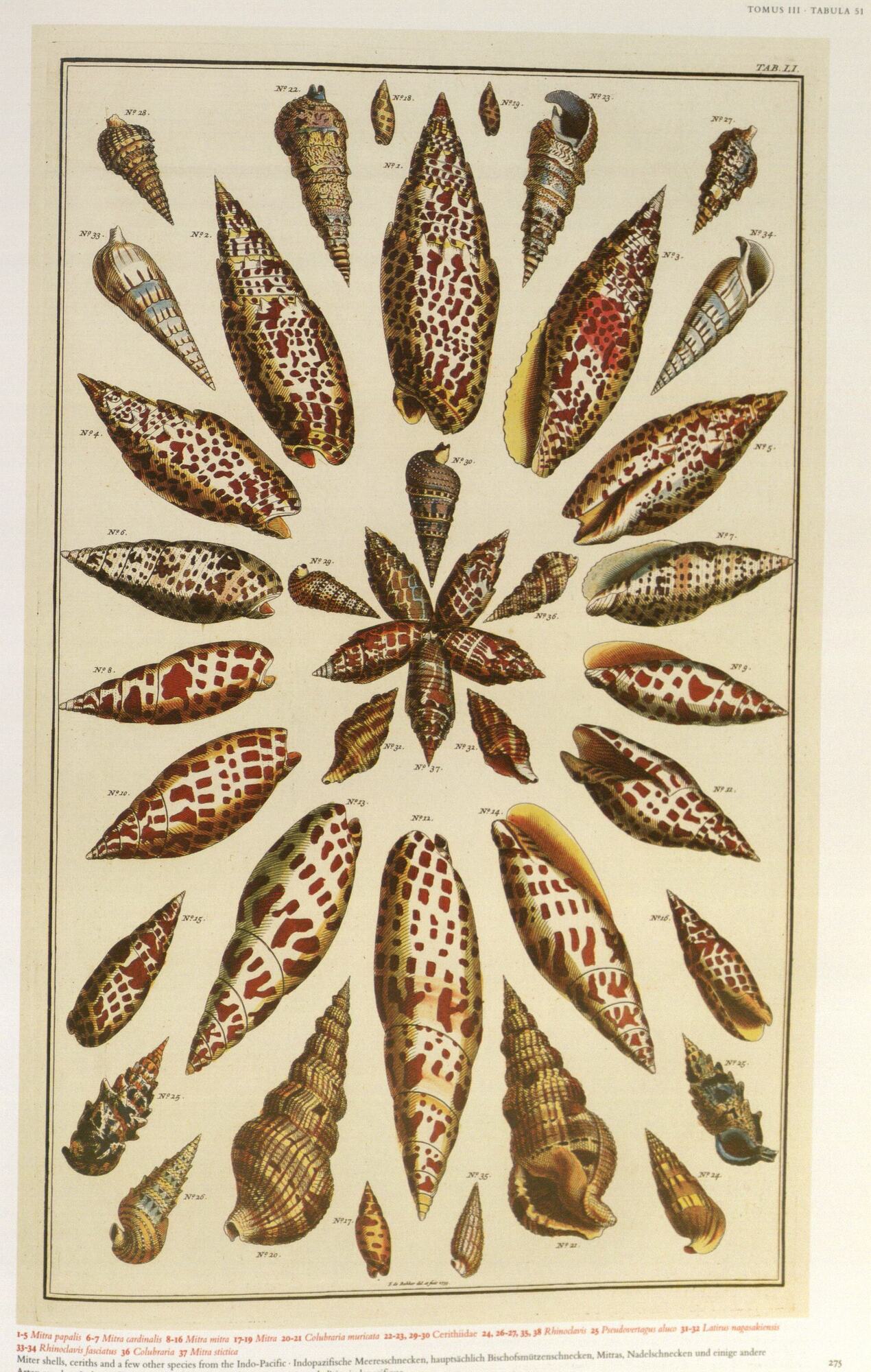
Albertus Seba.
Cabinet of Natural Curiosities.
Hong Kong: Taschen, 2006.
Reprinted with permission by New York: Barnes & Noble, 2006.
© 2006.
Albertus Seba was a Dutch apothecary and renowned collector of plant and animal specimens. Some of his specimens were purchased from sailors coming to the Netherlands from far-away lands. He was a purveyor of medicines to the court of Tsar Peter the Great and eventually sold his first cabinet of curiosities collection to the Tsar for inclusion in a St. Petersburg natural history museum.
Displayed here is a reprint of his most famous work, Cabinet of Natural Curiosities [Locupletissimi Rerum Naturalium Thesauri], (1734-1765), a four-volume collection of illustrations of animals and plants drawn by contracted natural history illustrators and arranged artistically rather than in any classification scheme. Aesthetics of arrangement trumped classification of species despite Seba's personal friendship with taxonomist Carolus Linnaeus.
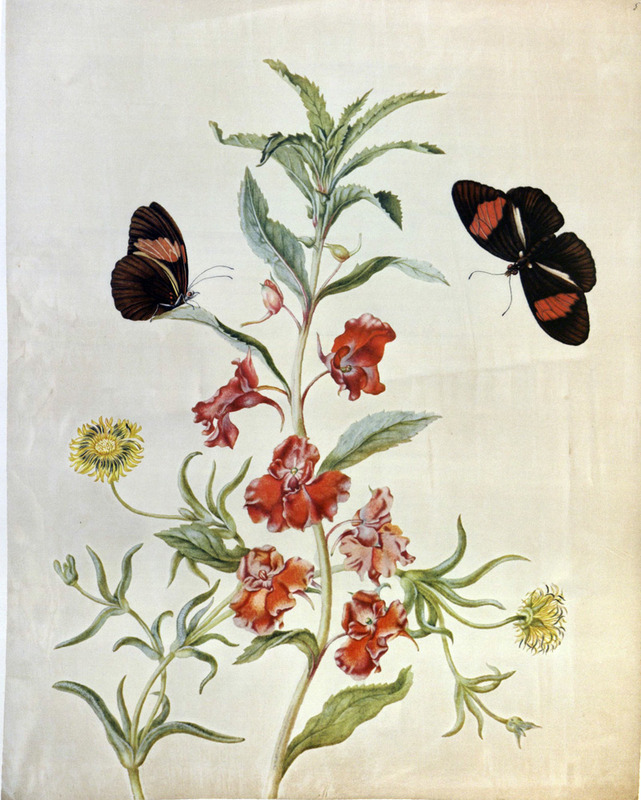
Maria Sibylla Merian.
Leningrad watercolours.
New York: Harcourt Brace Jovanovich, 1974.
©Harcourt Brace Jovanovich 1974
Maria Sibylla Merian was a naturalist and natural history illustrator born into a family of Swiss engravers and publishers in Germany. She spent most of her life in the Netherlands and several years in the Dutch colony of Surinam. Merian was a highly gifted watercolorist and illustrator who taught art students and also published books of her flower and insect illustrations together with extensive commentaries.
Earlier than Eleazar Albin, she illustrated and described the life cycle of 186 insect species. Because of her careful observation of the actual insects and their breeding behavior she was able to describe the metamorphosis of many species and refute the idea of the spontaneous generation of insect life. Merian also created a meaningful classification scheme for several insect groups such as butterflies, moths, and maggots. Many of her most noteworthy illustrations were purchased by Tsar Peter the Great a short time before her death and these became known as the St. Petersburg Watercolours. This 1974 facsimile edition of the St. Petersburg Watercolours was made from the originals in the Russian Academy of Sciences.
Erasmus Darwin's influence on his grandson's thinking about changes in organisms was more profound and influential than the younger Darwin was willing or able to admit. Erasmus possessed a deep need to explain observations in nature, especially plant propagation, even anthropomorphizing them to explain reproduction and variation.
In his highly praised poetical work, The Botanic Garden: a Poem in Two Parts, Darwin shows imaginative wit mixed with scientific curiosity. The second part of The Botanic Garden was a long and suggestive verse depicting plant reproduction as a rather roguish or flirtatious process.
